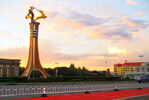
Mongolian long tune
2015-05-11
Urtin Duu or the 'Long Tune' is a historical Mongolian folk music song dating back to the 7th century AD.
-
Mongolian folk dance
2015-05-11
The pastoral life and the work of herdsmen became the source for dance there. The male dances in Inner Mongolia are rugged, lionhearted, and full of power.There are also female dances in Inner Mongolia.
-
Mongolian religious dance
2015-05-11
A Tsam ceremony was held at the beginning of the year to exorcise evil.Shaman Dance is performed by shaman (sorcerers or witches) by praying to gods, sacrificing, dispelling evils and curing diseases.

Mongolian wrestling
2015-05-11
Boke, the Mongolian word for wrestling, has a history of more than 2,000 years.
-
Wulige'er story-telling
2015-05-11
Wulige'er in Mongolian means 'story telling'. It was formed in the late Ming and early Qing dynasties.

Mongolian knife
2015-05-11
Mongolian knife is a daily article and a status symbol as well. All will look down on a man without his knife.

Birch bark utensil
2015-05-11
The tradition of making utensils out of birch barks still exists in North China's Inner Mongolian Autonomous Region and some parts of neighboring Heilongjiang Province.

Mongolian yurts
2015-05-11
The Mongolian people have their own social customs and etiquettes that are especially imbued with characteristics of honesty, courtesy and hospitality.

Horse racing
2015-05-11
Horse racing is the most exciting game at the Nadam, and anyone can apply to take part in the competition regardless his or her age.

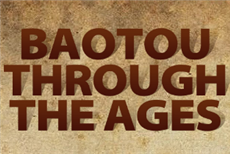
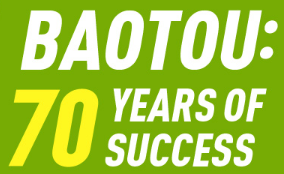
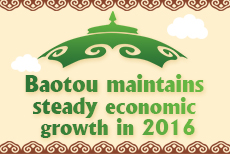
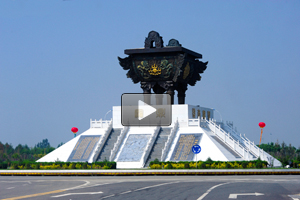
 Baotou, China
Baotou, China